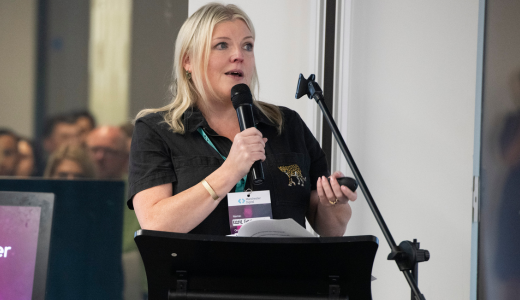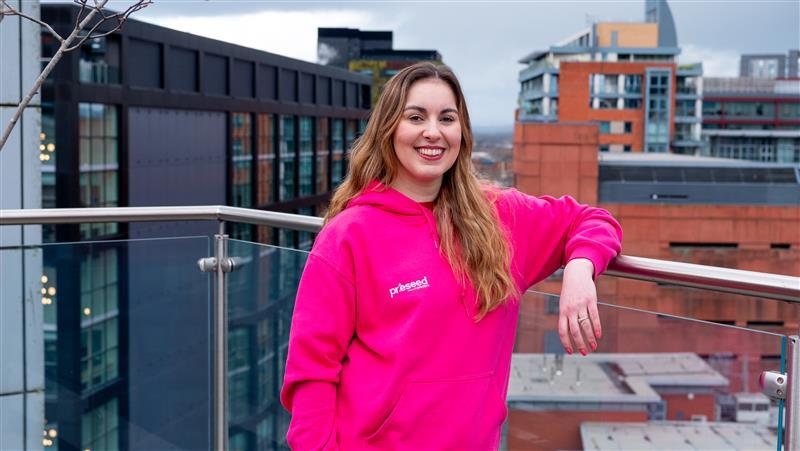Dr Per Ola Kristensson, from St Andrews University, said traditional Qwerty keyboards had trapped users in "suboptimal text entry interfaces".
The new design has been dubbed KALQ, after the order of keys on one line. Its creators used "computational optimisation techniques" to identify which gave the best performance.
Researchers at St Andrews, the Max Planck Institute for Informatics in Germany and Montana Tech in the US joined together to create the virtual keyboard, which will be available as a free app for Android-based devices. According to the research team "two-thumb typing is ergonomically very different" from typing on physical Qwerty keyboards, which were developed for typewriters in the late 19th Century.
Researchers said the key to optimising a keyboard for two thumbs was to minimise long typing sequences that only involved a single thumb. It was also important to place frequently used letter keys centrally close to each other. Finding the optimal layout involved minimising the moving time of the thumbs and enabling typing on alternating sides of the tablet.
The results were said to be surprising with all the vowels placed in the area assigned to the right thumb, whereas the left thumb is given more keys.
Source: BBC News





